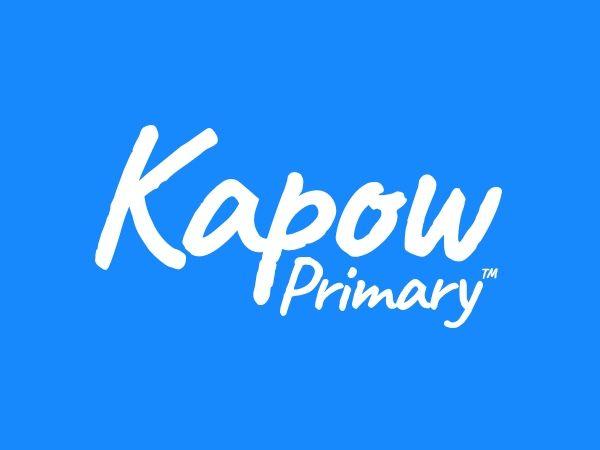Learning objective
- To evaluate the importance of religious guidance to some Christian and Jewish people.
Success criteria
- I can explain what the Ten
This content is for subscribers only. Join for access today.
Religious Education Council Curriculum Framework for RE in England (non-statutory guidance):
This content is for subscribers only. Join for access today.
Cross-curricular links
This content is for subscribers only. Join for access today.
Before the lesson
This content is for subscribers only. Join for access today.
Lesson plan
Recap and recall
Display the Presentation: Explain the answer and ask the children to explain to their partner why the statement, ‘It’s cool to be kind,’ is moral guidance using examples from the last lesson to justify their ideas.
This content is for subscribers only. Join for access today.
Extended-mode explainer videos
How to extend your display to view the lesson page and preseantion mode simultaneously. Choose your operating system below to watch the video
If you need further support with extending your display,
please contact enquiries@kapowprimary.com.
Extended-mode explainer video: For Mac
Extended-mode explainer video: For Windows
Adaptive teaching
This content is for subscribers only. Join for access today.
Assessing progress and understanding
This content is for subscribers only. Join for access today.
Vocabulary definitions
This content is for subscribers only. Join for access today.
In this unit
Assessment - R&W Y3: Where do our morals come from?
Lesson 1: How do we know what is right and wrong?
Lesson 2: What do some Christian and Jewish people believe about right and wrong?
Lesson 3: How do people remember the rules?
Lesson 4: Is all religious guidance the same?
Lesson 5: How do some Buddhists make moral decisions?
Lesson 6: What helps you make moral decisions?
Year 3: Why do many Christians think that Christmas is good news?

